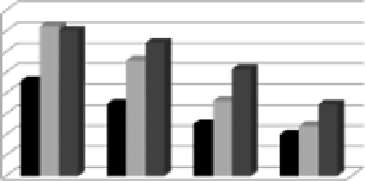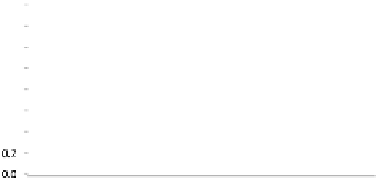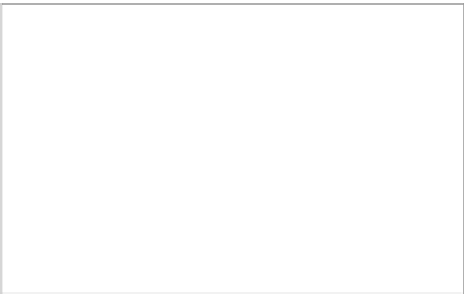Information Technology Reference
In-Depth Information
Fig. 5.
Effect of quota on merging for WVGs using average factor of increment
We do not have here such situation as found in annexation where all the games are
advantageuos. So, we also evaluate the effects of the quota in merging by considering
the proportion of advantageous or disadvantageous games in the four ranges. Figure 6
shows the percentage of advantageous games for manipulation via merging among the
indices in the altered WVGs for the ranges. The
x
-axis indicates the ranges while the
y
-
axis is the percentage of advantageous games. All the altered WVGs are advantageous
for Banzhaf index, Shapley-Shubik index, and about
30%
of the games for Deegan-
Packel index in Range1. This we observe may be partly due to the lower quota values
for the games in this range. As the quotas of the altered WVGs increase into Range2, all
the games remain advantageous for Shapley-Shubik index while those of Banzhaf and
Deegan-Packel indices decrease to about
64%
and
11%
respectively. Further decrease
is noticed for Range3. Finally, in Range4 where the quotas of the altered WVGs are
the highest, virtually non of the games are advantageous for both Deegan-Packel and
Banzhaf indices with about
13%
of the games still advantageous for Shapley-Shubik
index. As before, it appears that the proportion of the advantageous games decreases
with increasing quotas but no clear pattern can be observed except that the proportion
Fig. 6.
Effect of quota on merging for WVGs using proportion of advantageous games





































